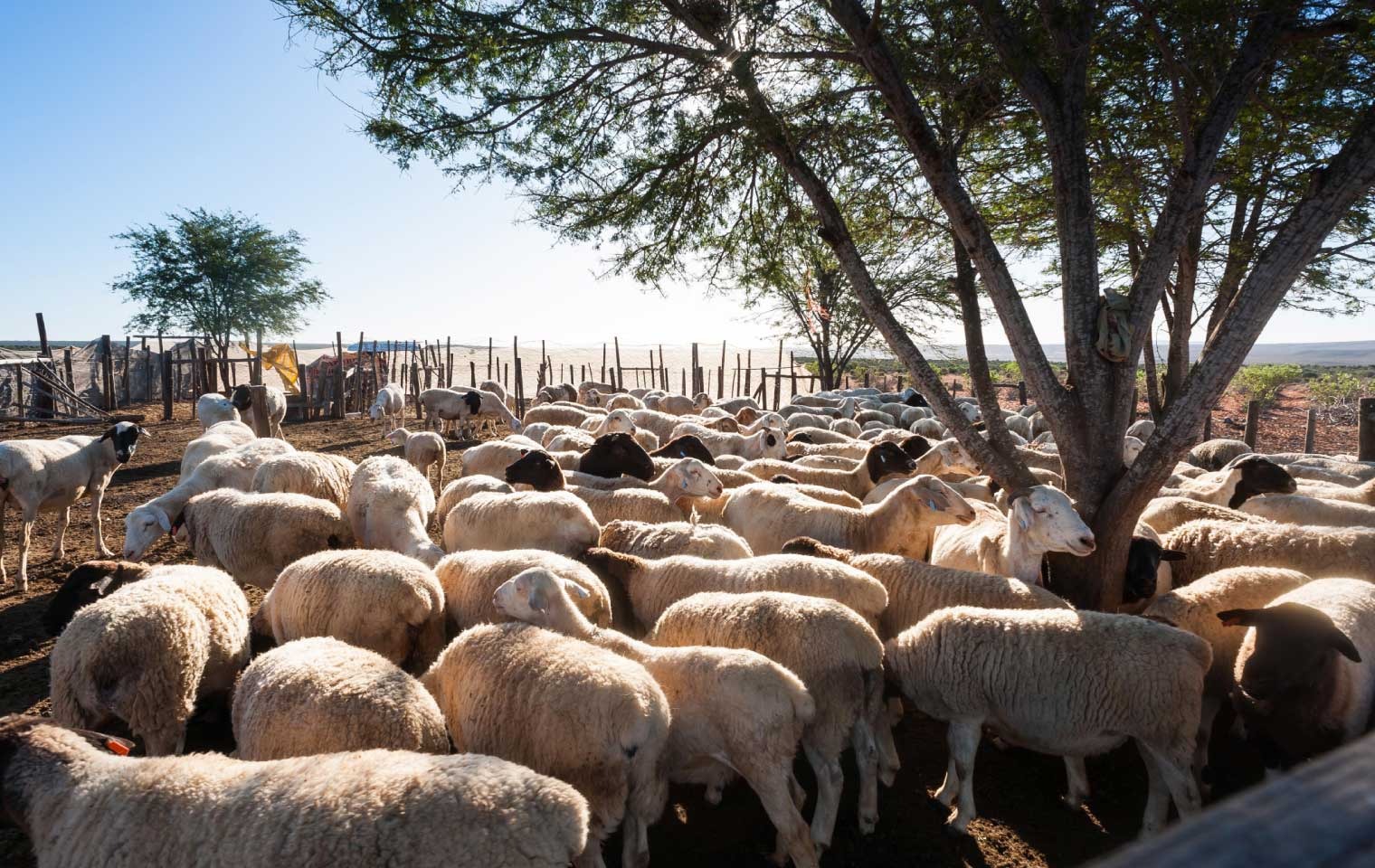Charmelle Adams - Take the bull by the horns
"My accent immediately gives me away. You can clearly hear that I come from Namaqualand. Nababeep. And here in Vredendal men find it strange that a woman would want to farm. They think I farm just like a man. Nowadays I also drive like one. Heavy-footed on the pedals.”
Even her friends’ first question when they call her is whether she’s in town or on the farm.
“It doesn’t bother me. I am where I want to be, and I’m doing what I want to do. To farm."

Charmelle and Eduard (her spouse) met more than a decade and a half ago in Nababeep while they were both working as police officers.
"And man, did we have a wedding celebration. 300 guests. With two menus. The catering menu and a traditional one. You could choose to eat from either. Father-in-law provided two or three sheep, Grandpa contributed as well. This person provided this, that one that."
With the arrival of their daughters, Eden, Edlyn, and Evah, things became considerably more challenging. Both Charmelle and Eduard worked shifts and the girls need to be taken care of.
"We decided that we needed to make a plan. Eduard told me I had to decide what I wanted to do for the rest of my life. Not wanted to do, actually, but had to do."
None of Charmelle's ancestors had ever farmed, but both Eduard's father and grandfather farmed with their livestock on communal land in Kommagas (southwest of Springbok in the Northern Cape), and that's where her love for agriculture was ignited.
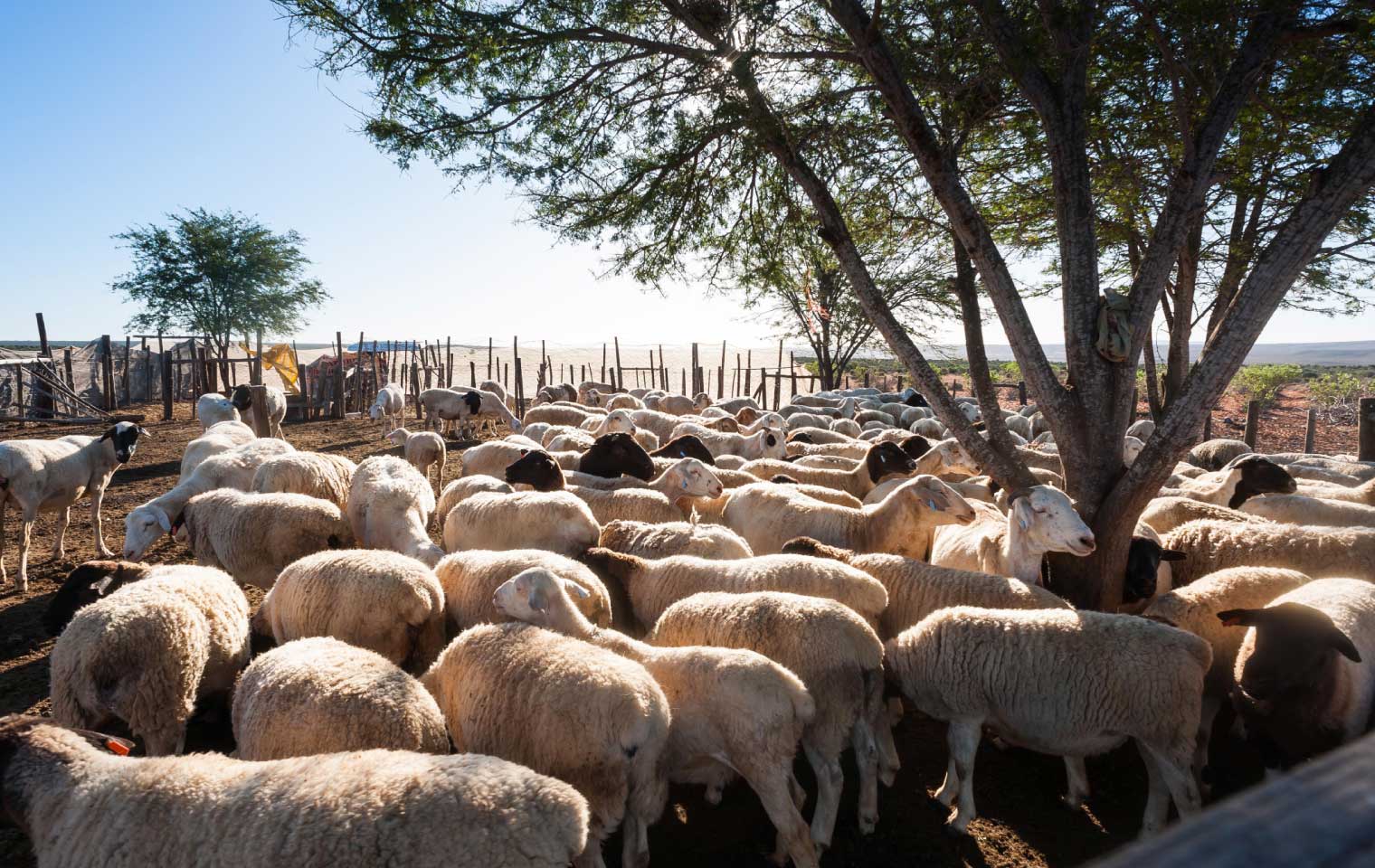
"After we started dating, Eduard always took me along to the livestock farm where they raised sheep, goats, and some cattle."
The two of them also started farming there, but in 2020, after the drought, they were left with only 40 sheep and they decided to move the livestock to Vredendal. The Griqua community helped her secure a lease for 3,000 hectares on the Zoetvlakte farm, and that’s where their farming venture, named Celta Enterprises, was launched.
"The first thing the landowner looks at is whether the tenant pays the rent. And that's the first thing I do as soon as those first lambs arrive."
Visiting livestock farms, developing a passion for farming, having 40 sheep, and leasing land, unfortunately, is not an automatic guarantee that a person will become a farmer who wants to operate a sustainable enterprise in the long run. Fortunately, there was a solution for this aspiring farmer.
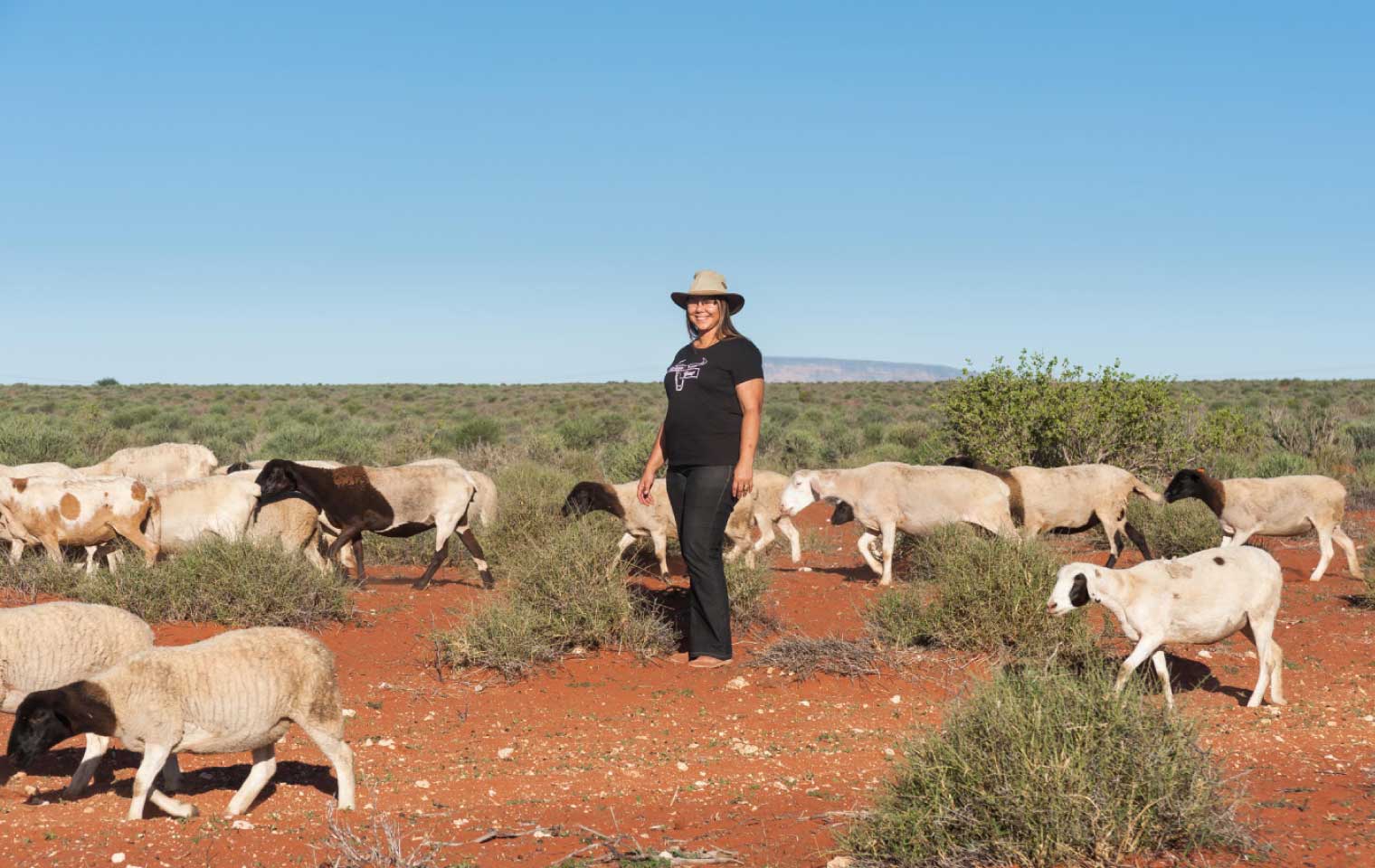
"I saw an advertisement for the KAL Academy in the newspaper. I applied but was too late. The following year, I applied again and was accepted. It was a wonderful opportunity. They taught me about the finer details of farming. How to farm not just for the sake of it. How to observe the composition of the sheep, the condition of your fields, and how to manage your grazing camps.
How else would I have known about a sheep's cycle? When to separate the ram from the ewes. It's the little things that are very important."
Last year, Charmelle completed NQF Level 2 in Mixed Farming and received a Merit Award for Best Progress in 2022. Currently, she is studying NQF Level 3 (Animal Production), and according to her, the most wonderful aspect, aside from the quality of the content, is the fact that the courses are free.
Inclusive of study materials, travel and accommodation when the students gather in Porterville every three months. The rest of the time classes are conducted via the internet.
Up until she started her course, Charmelle had learned everything she knew about farming from Eduard.
"But now I'm teaching him. It's a different story with my father-in-law and the other seasoned farmers in Namaqualand. They are not so willing to abandon their old ways of doing things."
Obviously, there are numerous differences when comparing farming practices in Kommagas to Vredendal.
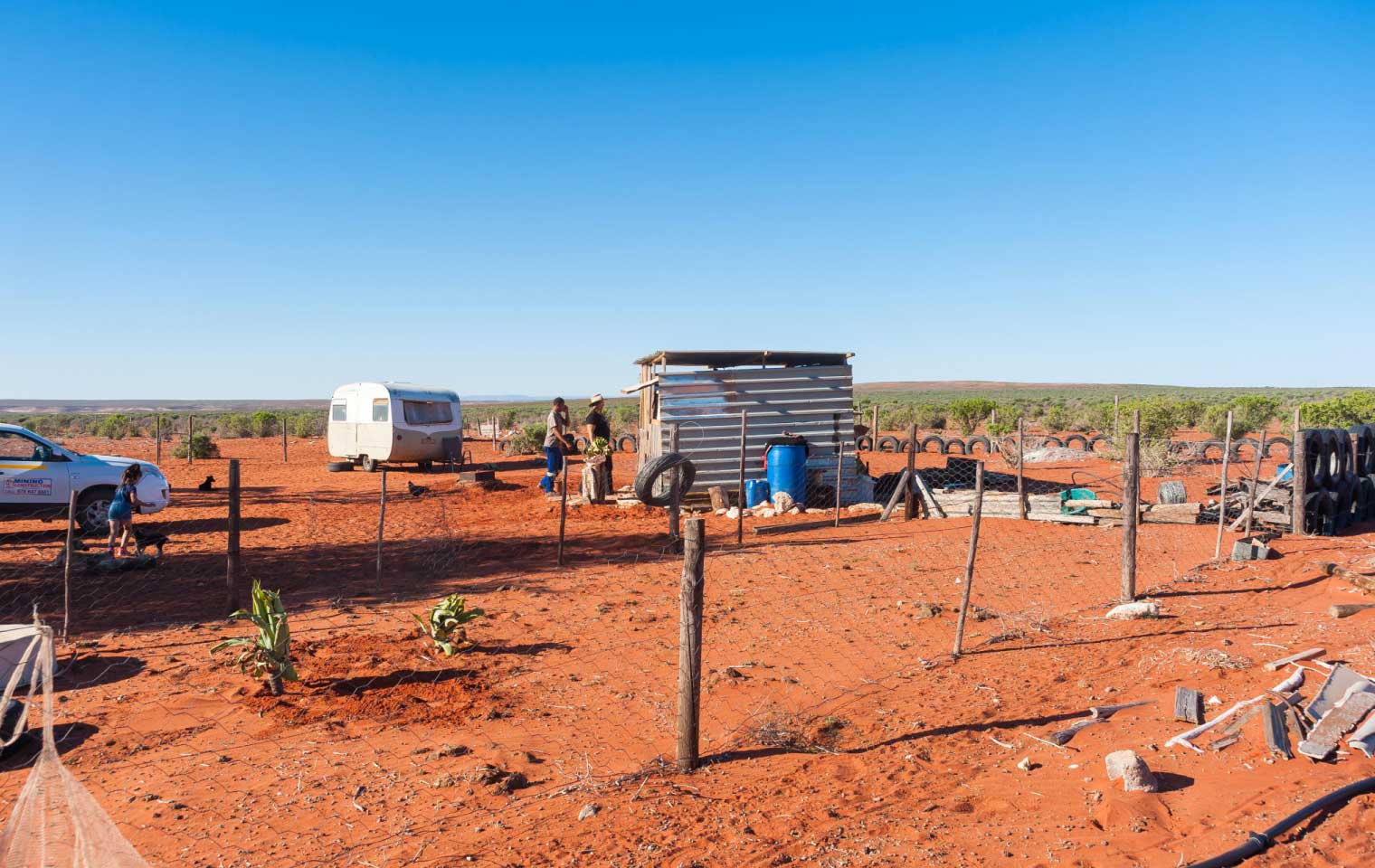
"I was in Nababeep over Easter, and although it was dusty and dry, the sheep were in excellent condition. Even in the kraal the veld was dry because they didn't get the rain in March that we had here in Vredendal. It's different here. When I arrived here, I couldn't believe that people were farming with only five or six sheep on this vast land. It was an opportunity I couldn't let slip through my fingers."
Eduard's grandfather gave Charmelle some Meatmasters. After that, she acquired white-headed Dorpers, but she quickly realized that this breed wasn’t suitable for the Vredendal area.
"Their hooves are too soft for the sandy fields here. They end up walking on their elbows. So, I phased out the Meatmasters and white-headed Dorpers to eventually focus solely on black-headed Dorpers."
Farming always follows the cycles of nature. That's why rams are put with ewes at the beginning of December.
"That’s when the rams start mating and by the beginning of May, it's lambing time."
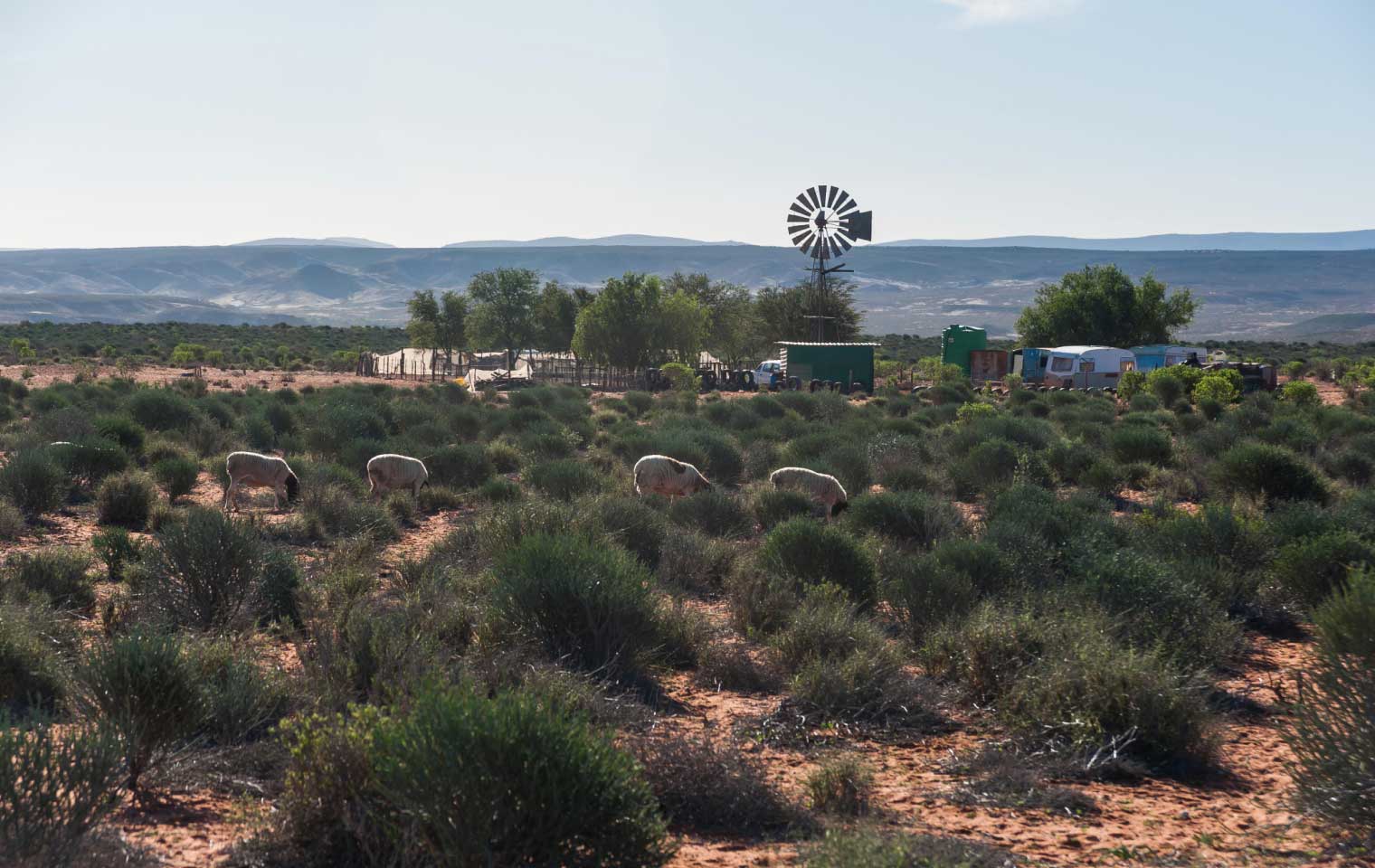
This timing is crucial as there should be pasture by that time in a winter rainfall region like this one.
"But my rams were a bit worn out this year. They broke out last year, and then it was just a party with the ladies, and they thrived, so I had lots of lambs in January – for which I was most grateful. But during this year's mating season, my rams were tired. You see when rams are busy mating, they graze very little. Feeding becomes less important to them because they have too many ladies. That's why there aren't as many lambs as usual."
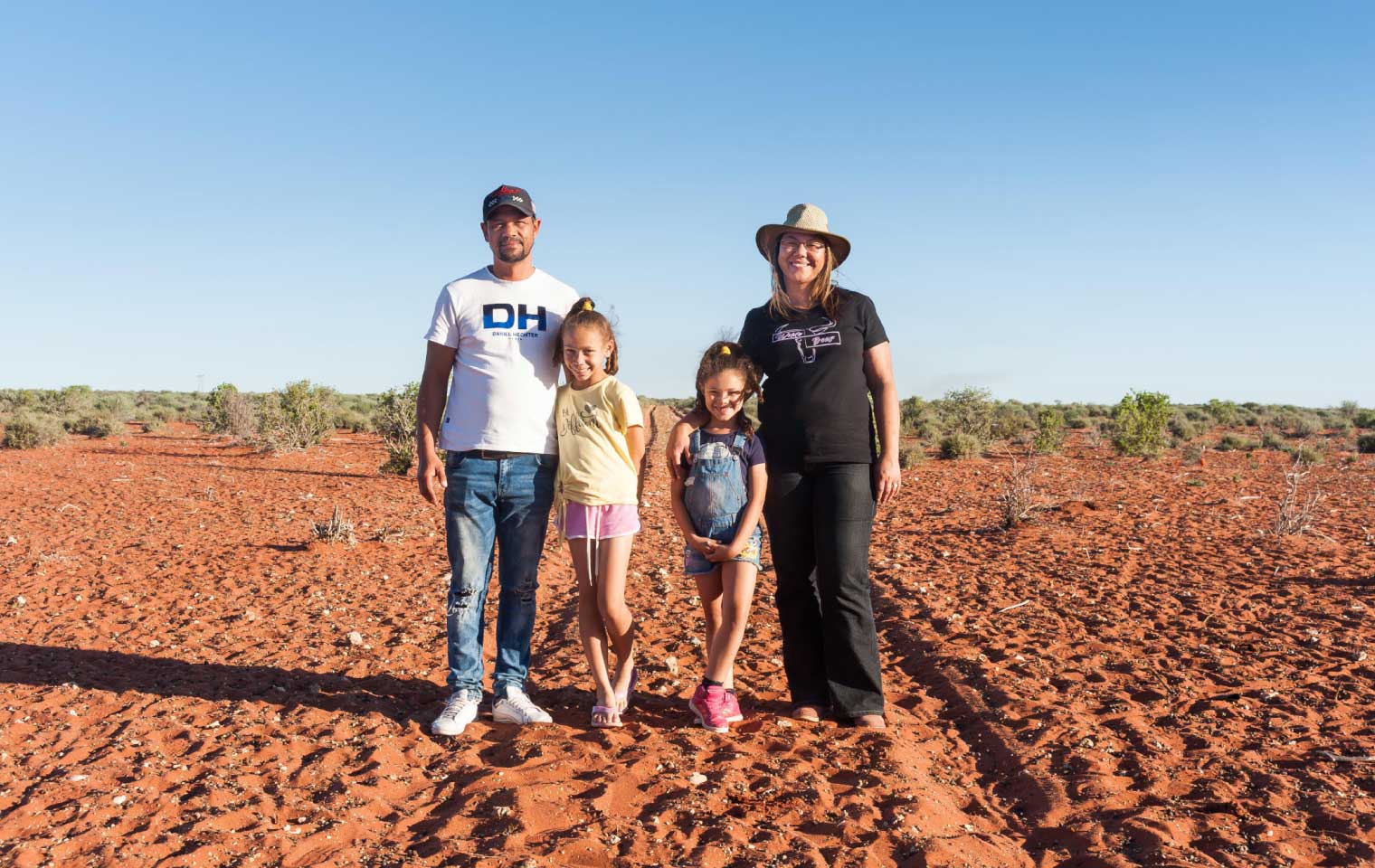
Ewes with lambs are separated from the rest and after three months, the lambs are dewormed for the first time. If the ewes have not been vaccinated, the lambs are vaccinated from as early as two weeks old.
According to Charmelle, the work never stops. During winter, attention is given to their hooves which need to be trimmed when they become overgrown. As the pasture changes, injections are administered to enrich their blood. There is a disease that mostly affects lambs between the ages of three weeks to three months or between six and twelve months. It occurs when lambs are suddenly moved from poor grassland to very good grazing. The pasture in this environment is weak during summer, but after the first winter rainfall, it improves significantly and it can pose a serious threat to lambs when it causes this disease.
As we drive to the farm, we see fields that are green, with remnants of March flowers here and there.
"We have sandy soil here, and it retains water. With every bit of dew we get, the veld comes alive. On the 23rd of March this year, we had 44 mm of rain from ten in the morning until just before eleven. I received my entire winter rainfall in one day. And even today, I can dig a little in the ground and there, just below the surface, it will still be moist. I have a lot of Bushman grass and a wide variety of other plants. I can truly say that the veld is very beautiful for this time of year."
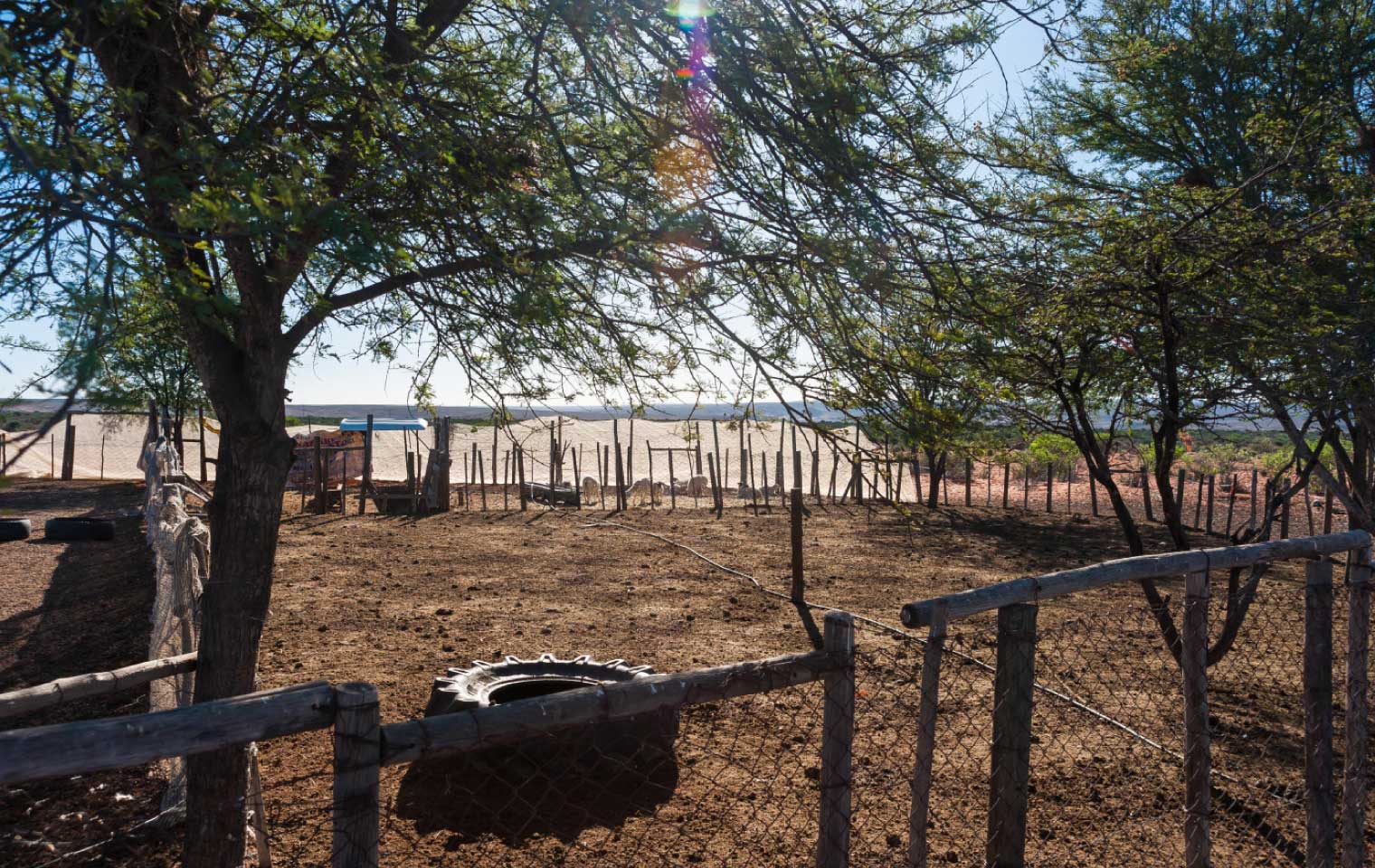
"My sheep primarily feed on pasture. I provide supplementary feeding such as lucerne, pellets, and corn. The ewes that lamb in January also receive supplementary feeding because the pasture may have deteriorated and may not meet the required standards. Otherwise, before my ewes give birth, I put them on a multi-block, energy block, and protein block as a supplement, along with lucerne and corn, as this helps to produce enough milk."
And challenges?
"A farmer without challenges is something I have yet to see."
Currently, Charmelle's biggest challenge is her number one vehicle that broke down. A week thereafter, the second vehicle also broke down. Fortunately, the latter one is back in running condition.
The other problem is that only the last camp on the farm has water. “Our challenge is to bring water to the front camps so that we can utilize the farm in its entirety.”
Despite the rain in March, Charmelle still needs follow-up rainfall to get the farm through the dry season.
Often the words lamb, black-backed jackal, caracal, leopard, and thief are mentioned in the same sentence, but that is something sheep farmers try to change if at all possible.
"Previously, the farm suffered a lot from theft. Then I introduced sighthounds, herding dogs, and two ducks on the land. And now those problems are a thing of the past."
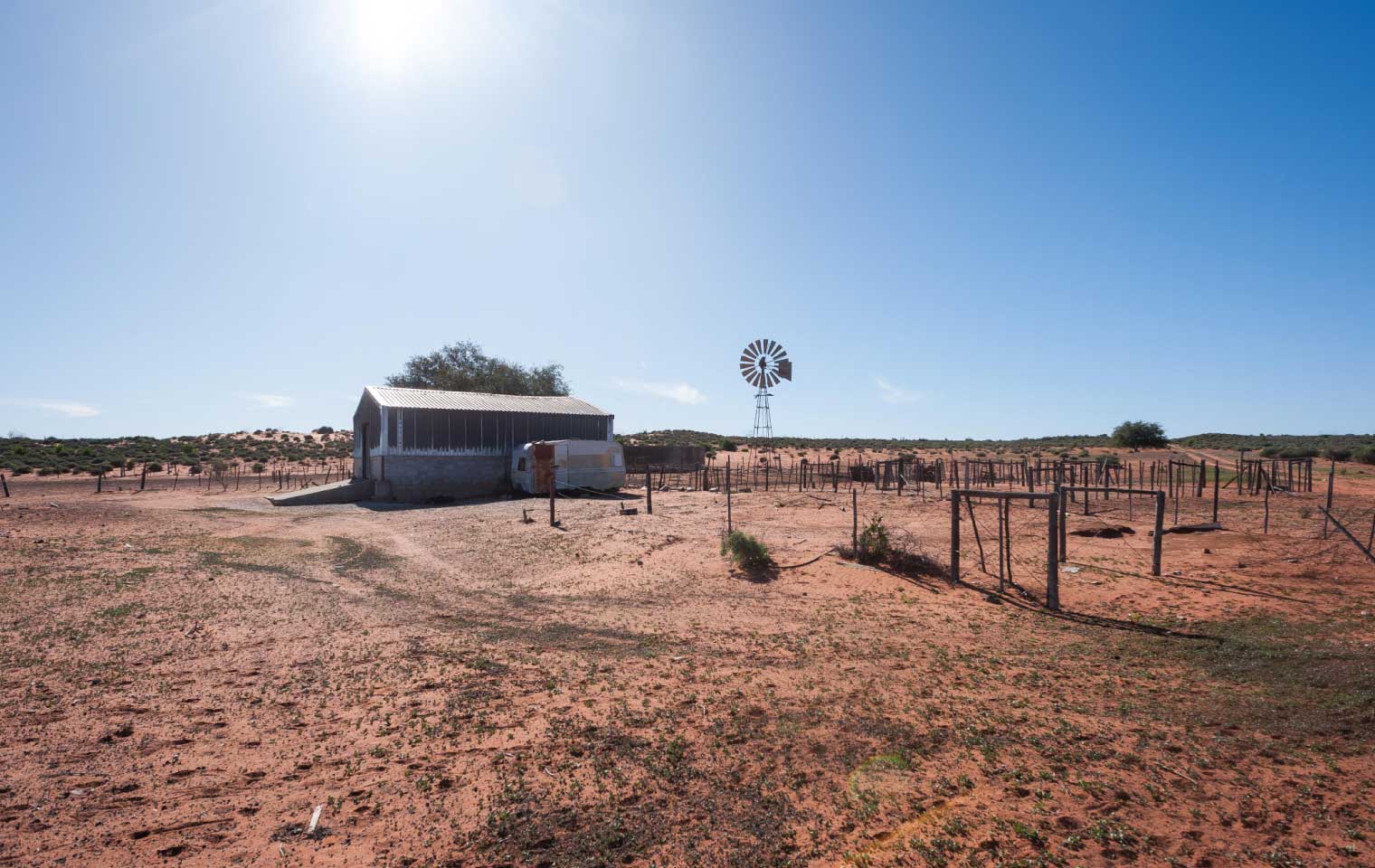
Male herders. More men.
"I have no problem with my male workers at all. They also come from Nababeep and they are used to getting instructions from a woman. Other male farmers . . . well, let me not say they disrespect me, but they think women are entering their world and leaving our own comfort zone. But I won't let myself be intimidated."
Capital is also on her list of challenges. Charmelle is currently farming with 200 sheep, but she aims to have 1,000. Up to the present, they have made a living from the farm's earnings, but they also rely on Eduard's salary as a technician at a local mine where he does regular contract work.
"With the arrival of the next lambs, I’m certain that things will look up. And at least I know that I am farming on my terms now."


